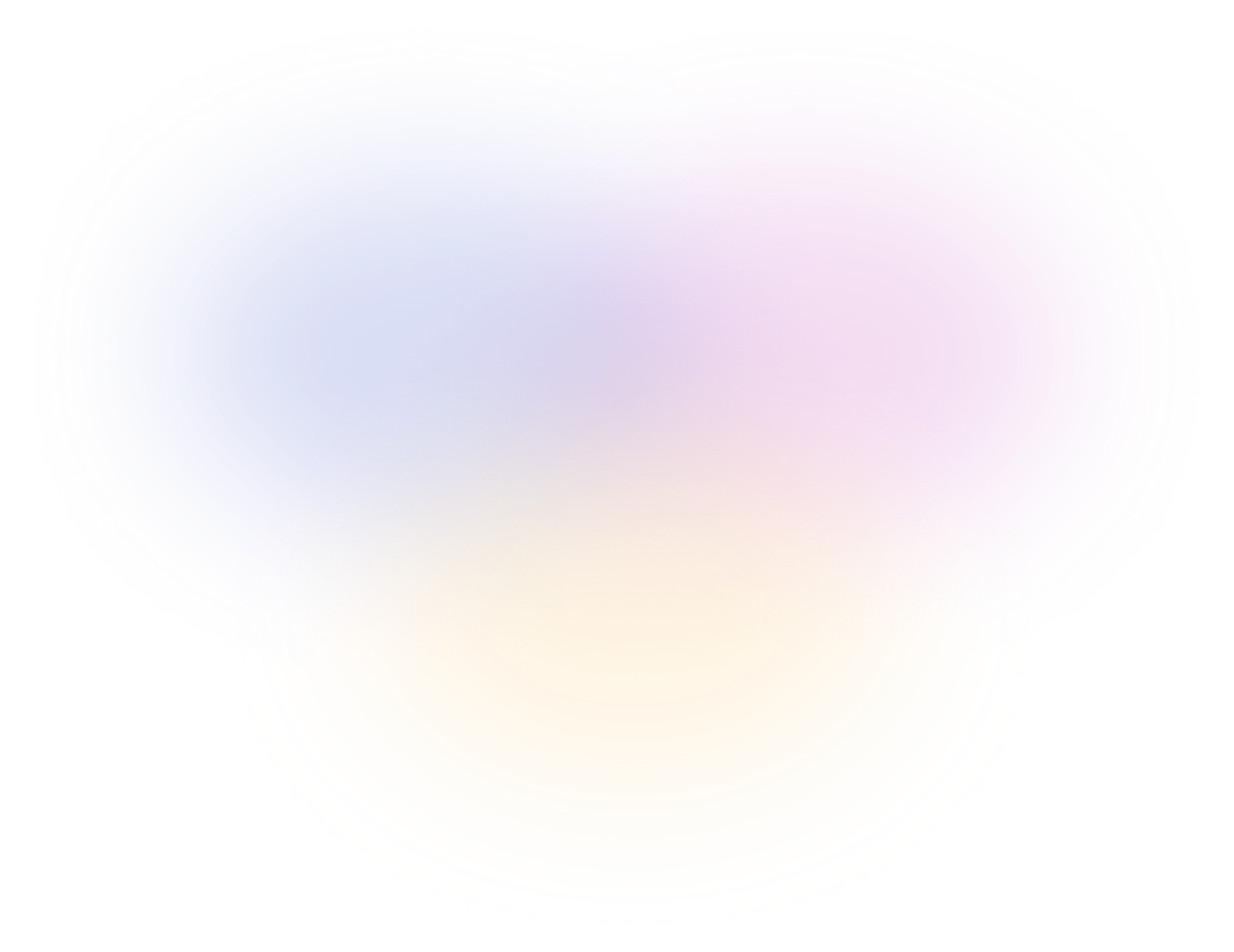
ImageJ Wiki
The ImageJ wiki is a community-edited knowledge base on topics relating to ImageJ, a public domain program for processing and analyzing scientific images, and its ecosystem of derivatives and variants, including ImageJ2, Fiji, and others.
ImageJ is an open-source image processing program designed for scientific multidimensional images. It is widely used in various fields of science and engineering for image analysis and processing. ImageJ is highly extensible, with thousands of plugins and macros available for a wide range of image processing tasks.
90K
3000 / day
150K
5000 / day
5.5 min
3.5 pages per visit
45%
-
Domain Rating
-
Domain Authority
-
Citation Level
1997
English, etc
Website Key Features
Extensibility
Thousands of plugins and macros available for extending functionality.
Multi-platform
Runs on any computer with a Java 5 or later virtual machine, including Windows, macOS, and Linux.
Image Stacks
Supports image stacks, a series of images that share a single window.
Analysis Tools
Comprehensive set of tools for image analysis, including measurement, labeling, and filtering.
Customizable
User interface can be customized with plugins and macros to fit specific needs.
Batch Processing
Capable of batch processing multiple images automatically.
3D Visualization
Supports 3D visualization and analysis of image stacks.
Scripting
Supports scripting in several languages for automation and custom analysis.
Community Support
Large and active community providing support, plugins, and tutorials.
Documentation
Extensive documentation and tutorials available for users of all levels.
Similar Sites and Competitors
Additional information
Developer
Originally developed by Wayne Rasband at the National Institutes of Health.
License
Released under a BSD license, allowing for free use and modification.
Community Contributions
A significant portion of its functionality comes from community-contributed plugins and macros.
Fiji
Fiji is a distribution of ImageJ that includes many useful plugins pre-installed and configured.
Educational Use
Widely used in educational settings for teaching image processing and analysis.
Research Use
Used in a wide range of research fields, including biology, medicine, and materials science.
Updates
Regular updates and new releases keep the software up-to-date with the latest in image processing technology.
HTTP headers
Security headers report is a very important part of user data protection. Learn more about http headers for imagej.net